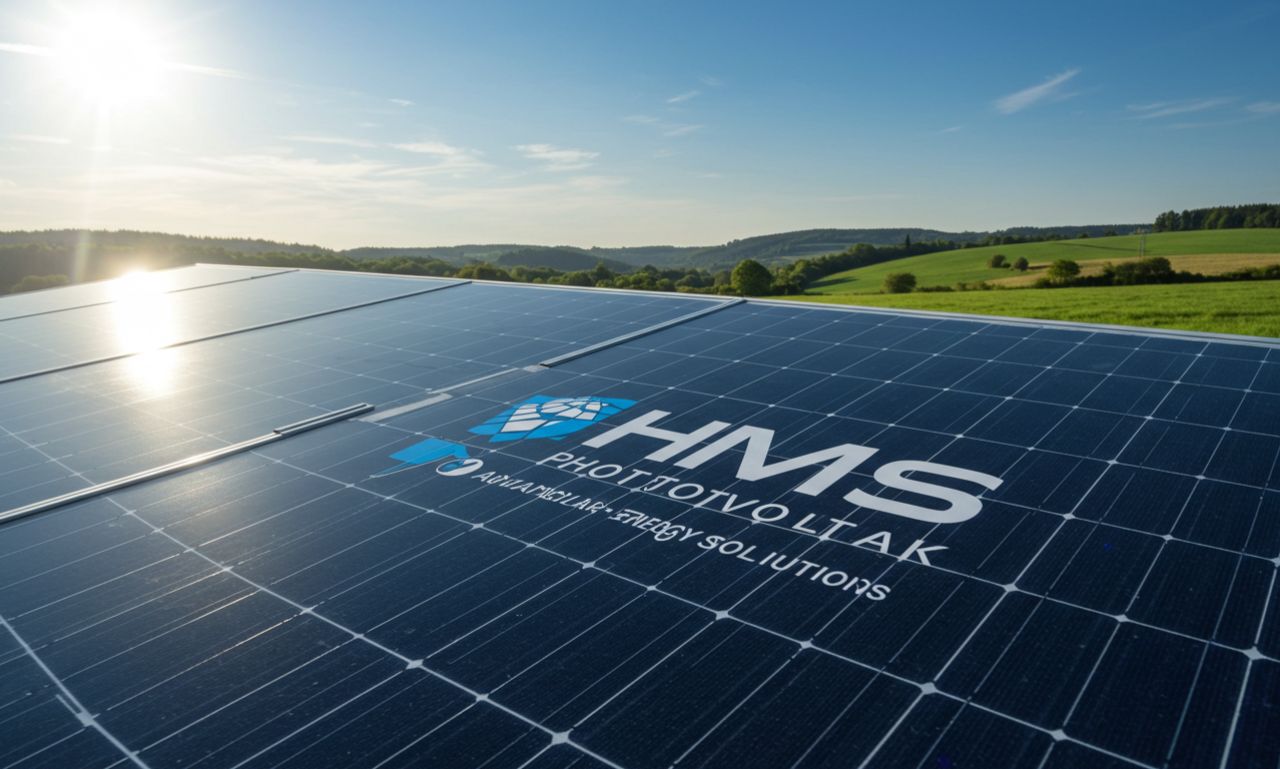The term HMS Photovoltaik combines two important aspects: HMS, which may represent a company or technological system, and photovoltaik, the German word for photovoltaics—the direct conversion of sunlight into electricity. Together, HMS Photovoltaik refers to initiatives, technologies, or organizations that focus on harnessing solar power through advanced photovoltaic (PV) systems.
As the world moves toward renewable energy, photovoltaics have become a cornerstone of sustainable development. HMSPhotovoltaik reflects this trend, offering innovative approaches to clean, affordable, and efficient solar power generation.
What is Photovoltaik?
Photovoltaik refers to the technology that converts solar radiation into electrical energy using semiconductor materials. Unlike solar thermal systems, which capture heat, PV systems directly produce electricity.
Key points of photovoltaik technology:
-
Relies on solar cells, usually made of silicon.
-
Converts sunlight directly into electricity without mechanical movement.
-
Can be scaled from small rooftop installations to massive solar farms.
The Role of HMS Photovoltaik
HMSPhotovoltaik is associated with the development and deployment of solar energy systems, with a focus on:
-
Residential Solar Solutions – Installing solar panels for homes to reduce electricity costs.
-
Commercial PV Systems – Providing large-scale energy solutions for businesses and industries.
-
Grid Integration – Developing smart technologies that allow seamless integration of solar power into national grids.
-
Sustainability Projects – Contributing to global climate goals by reducing carbon emissions.
Technologies in HMS Photovoltaik
1. Solar Panels
The backbone of HMSPhotovoltaik systems, solar panels are designed to maximize efficiency and durability under different conditions.
2. Inverter Systems
These convert direct current (DC) from solar panels into alternating current (AC) suitable for household and industrial use.
3. Battery Storage
Modern HMSPhotovoltaik solutions often include lithium-ion or hybrid battery systems for energy storage, allowing users to access solar energy even during cloudy days or at night.
4. Smart Monitoring
Advanced HMSPhotovoltaik setups integrate real-time monitoring systems, enabling users to track energy production and consumption through digital platforms.
Advantages of HMS Photovoltaik
-
Clean Energy Production
By harnessing solar power, HMSPhotovoltaik reduces dependency on fossil fuels. -
Cost Savings
Solar panels can significantly lower electricity bills over time, offering a return on investment. -
Energy Independence
With storage solutions, households and companies can reduce reliance on grid electricity. -
Scalability
HMSPhotovoltaik systems can be adapted for homes, schools, factories, and entire communities. -
Environmental Impact
Each kilowatt-hour of solar energy produced reduces greenhouse gas emissions, making it a vital tool in combating climate change.
Applications of HMS Photovoltaik
Residential Sector
HMS Photovoltaik systems empower homeowners to install rooftop panels, cut utility costs, and contribute to a greener environment.
Industrial and Commercial Use
Factories, warehouses, and offices can rely on HMS Photovoltaik for sustainable energy that reduces operational expenses.
Agriculture
Solar panels can power irrigation systems, cold storage, and lighting in farms, supporting eco-friendly agriculture.
Urban Development
As cities aim to become “smart cities,” HMSPhotovoltaik contributes to renewable infrastructure for buildings, street lighting, and public services.
Challenges in HMSPhotovoltaik
While promising, HMSPhotovoltaik systems face certain challenges:
-
High Initial Investment – Installation costs can be a barrier for some users.
-
Weather Dependence – Solar power generation decreases during cloudy or rainy conditions.
-
Space Requirements – Large systems need significant land or rooftop space.
-
Energy Storage Costs – Advanced batteries remain expensive.
Despite these hurdles, technological advancements continue to make photovoltaics more efficient and affordable.
HMS Photovoltaik in the Global Energy Transition
The global shift toward renewable energy is accelerating, and photovoltaics are at the forefront of this change. HMS Photovoltaik contributes to:
-
Meeting UN Sustainable Development Goals for affordable clean energy.
-
Supporting EU and global decarbonization targets.
-
Reducing dependency on non-renewable energy imports.
Countries like Germany, China, and the U.S. are leading in photovoltaik adoption, with HMS Photovoltaik playing a role in localized innovation and solutions.
Future of HMS Photovoltaik
The future looks bright for HMSPhotovoltaik as new technologies emerge, such as:
-
Perovskite Solar Cells – Offering higher efficiency at lower costs.
-
Bifacial Panels – Capturing sunlight from both sides for improved energy output.
-
Floating Solar Farms – Utilizing lakes and reservoirs for panel installations.
-
Hybrid Systems – Combining solar power with wind or hydrogen energy for reliability.
Conclusion
HMS Photovoltaik symbolizes the integration of advanced solar technologies into modern life. By providing clean, cost-effective, and scalable energy solutions, it addresses today’s most pressing challenges: climate change, rising energy costs, and dependence on fossil fuels.
As innovations continue, HMSPhotovoltaik is set to play an increasingly important role in shaping a sustainable, renewable-powered future.

